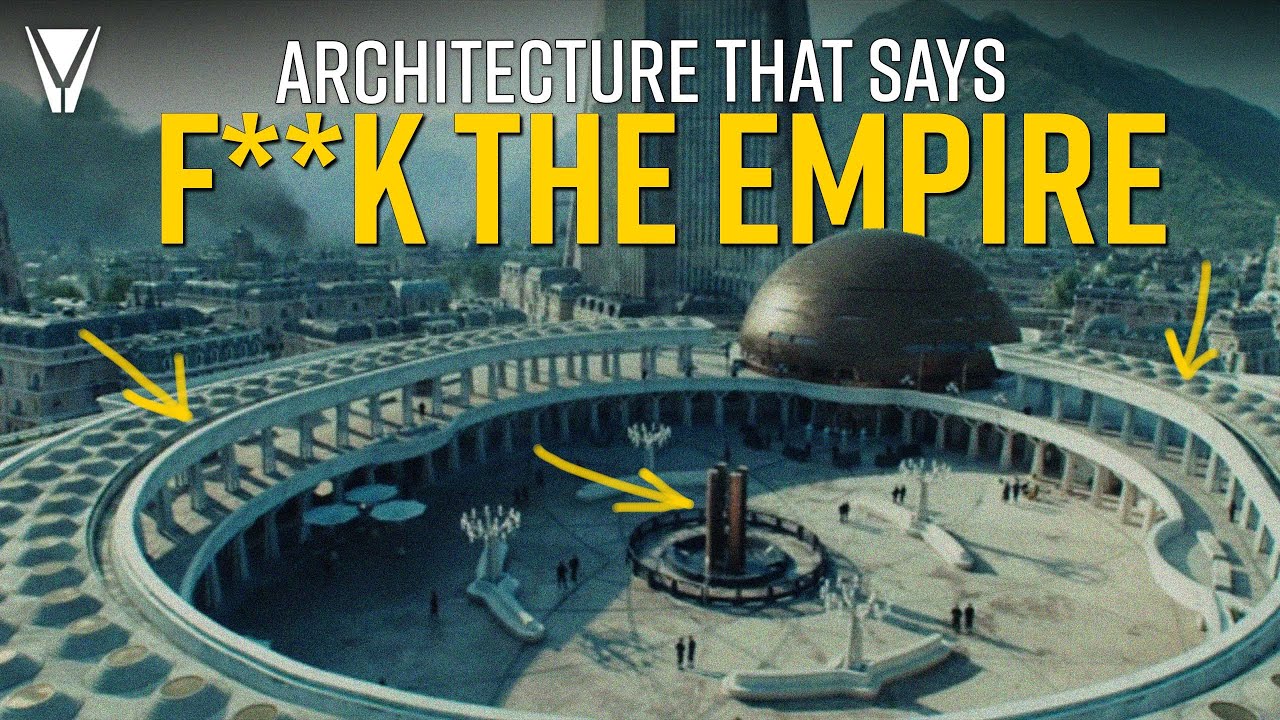The video analyzes how the architecture in “Andor” serves as a storytelling tool, symbolizing resistance, cultural identity, and collective memory, especially through Gorman’s layered cityscape and civic spaces. It contrasts the resistance-oriented, culturally rich structures of Gorman with the stark, oppressive imperial architecture, highlighting themes of resilience and the struggle to preserve identity under authoritarian rule.
The video provides an in-depth analysis of the architecture in the series “Andor,” highlighting how the design choices serve as storytelling tools that deepen the viewer’s understanding of the setting and its history. The narrator emphasizes that the city of Gorman, particularly its civic plaza, is more than just a backdrop; it acts as a character that embodies resistance, memory, and cultural identity. The architecture reflects a layered history, with influences from European cities like Milan, Turin, and Paris, emphasizing resilience, civic pride, and a connection to cultural roots. The design choices evoke a sense of a city that predates the Empire, built by its people rather than imposed by authoritarian rule.
Moving inward from the city’s outskirts, the residential areas are characterized by worn, layered, and European-inspired architecture, reminiscent of medieval Italian towns and Parisian rooftops. These features serve to establish Gorman as a city rooted in local culture and history, resisting the homogenizing influence of the Empire. The use of a constructed language inspired by French further underscores the parallels with French resistance during WWII, symbolizing a proud people refusing to surrender their identity under oppressive rule. The architecture and language together create a nuanced portrayal of cultural resilience and quiet defiance.
The civic heart of Gorman, the plaza, is described as a space of subtle confidence and remembrance. Its design includes organic, web-like supports that evoke Gorman’s heritage of spider silk, blending engineering with symbolism to honor nature and identity. At the center stands a monument commemorating the first Gorman massacre, with dark tile patterns radiating outward like ripples or a spider’s web—symbolizing the community’s collective memory and resistance. The plaza is thus revealed as a deliberate act of remembrance, built by the people to honor their history and resist erasure, contrasting sharply with the imperial structures.
The towering brutalist structure in the background symbolizes the Empire’s dominance and its intent to impose its will through architecture. Its stark, unblended form casts a literal and figurative shadow over the memorial plaza, representing the ideological conquest and suppression of Gorman’s history and identity. This imperial architecture is designed not for utility but as a statement of power and conquest, starkly contrasting with the more meaningful, resistance-oriented architecture of the Gorman people. The design choices underscore the themes of memory versus forgetting, resistance versus submission, and cultural identity versus erasure.
Overall, the narrator praises “Andor” for its masterful use of architecture as a storytelling device, noting how every structural detail—from the city’s layered residential areas to the symbolic civic spaces—adds depth to the narrative. The series exemplifies how intentional design can reflect complex themes of resistance, memory, and identity, making it a standout in both the Star Wars universe and contemporary television. The video concludes with a personal reflection on the series’ significance, encouraging viewers to engage with the remaining episodes and emphasizing the importance of hope and resilience in storytelling.
